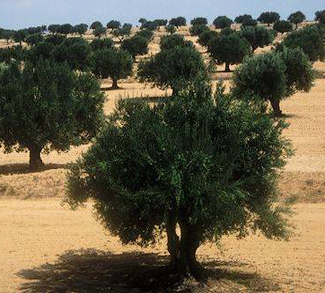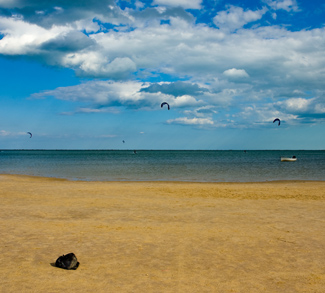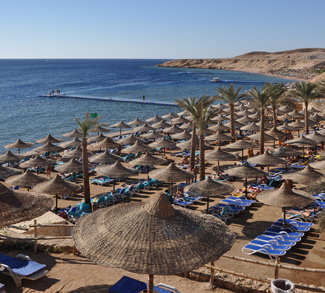Summary
Political upheaval, terrorist attacks, a flatlining tourism industry, and now an unprecedented drought that is raising the spectre of water conflict across vast tracts of the country – it has been a difficult few years for Tunisia.
Tunisians are struggling to deal with a 30% reduction in rainfall through 2016, which has led to widespread drought conditions, reducing dam levels and imperiling livelihoods in the critical agricultural sector. In all, Tunisia’s farmers have suffered losses of over 2 million dinars ($900 million) already, and there’s no end in sight to these dry conditions.
The water shortages have fueled protests, rural unemployment, and even calls from the ministry of religion to ‘pray for rain.’ One Tunisian water NGO has gone so far as to warn of the possibility of a ‘thirst uprising,’ which evokes the same kind of social instability that paved the way for the Syrian civil war.
These internal water conflicts threaten to exacerbate the already dire economic situation prevailing in Tunisia, the one Arab Spring ‘success story’ of the MENA region.
Background
There are ongoing water shortages throughout Tunisia, from coastal cities like Sousse and Sfax to inner hubs like Kef and Sidi Bouzid. The problem is truly country-wide, with serious water shortages being reported in the south, central, and northern regions to varying degrees. Authorities have also been diverting what resources remain toward bigger cities, mainly the capital of Tunis, and the rural populations being asked to bear the burden are taking to the streets to protest the government.
Watchwater, the Tunisian NGO that warned of a ‘thirst uprising’ in August, has reported over 739 incidents of water supply disruption throughout the country.




